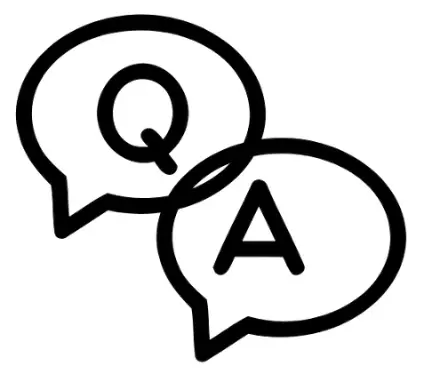21. A business intelligence professional wants to avoid system failures. They check over their data in order to identify missing data, inconsistent data, or any other data defects. What does this scenario describe?
- Optimizing response time
- Data partitioning
- Making trade-offs
- Quality testing
22. A business intelligence professional is confirming that their data conforms to the actual entity being measured or described. Which quality testing validation element does this involve?
- Consistency
- Completeness
- Integrity
- Accuracy
23. Fill in the blank: To ensure _____ from source to destination, business intelligence professionals use schema validation, data dictionaries, and data lineages.
- visibility
- conformity
- context
- security
24. What process involves confirming the validity of database keys, preserving table relationships, and ensuring that conventions are consistent?
- Typecasting
- Sorting
- Schema validation
- Data composition
25. Fill in the blank: A data _____ is a collection of information that describes the content, format, and structure of data objects within a database, as well as their relationships.
- map
- lineage
- model
- dictionary
26. What elements of database design are affected by business rules? Select all that apply.
- The maturity of the data
- The security of the data
- What data is collected, stored, and provided
- How relationships are defined
27. A business intelligence team analyzes current data in order to confirm that stakeholders gain the most up-to-date insights in the future. In this situation, what aspect of data do they consider?
- Timeliness
- Redundancy
- Maturity
- Conformity
28. Fill in the blank: Quality testing is the process of checking data for _____ in order to prevent system failures.
- granularity
- links
- scalability
- defects
29. What are the goals of schema validation? Select all that apply.
- To ensure consistent conventions
- To confirm the validity of database keys
- To establish row-based permissions
- To preserve table relationships
30. Which of the following statements accurately describe data dictionaries and data lineages? Select all that apply.
- A data dictionary describes the process of identifying the origin of data, where it has moved throughout the system, and how it has transformed over time.
- A data dictionary is a collection of information that describes the content, format, and structure of data objects within a database.
- A data lineage is a collection of information that describes the content, format, and structure of data objects within a database, as well as their relationships.
- A data lineage describes the process of identifying the origin of data, where it has moved throughout the system, and how it has transformed over time.
